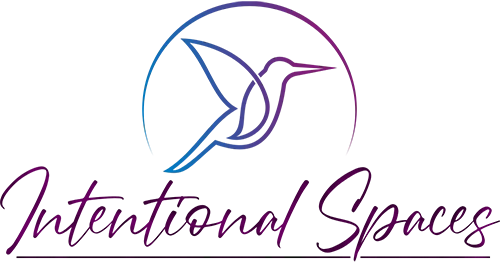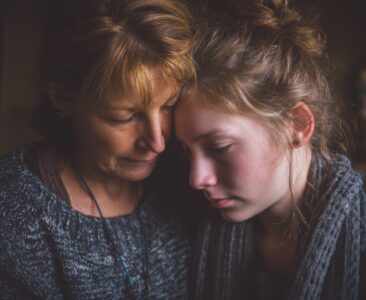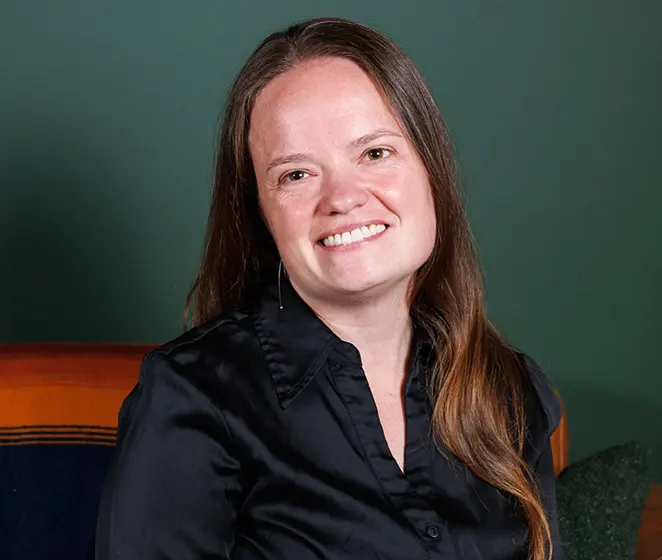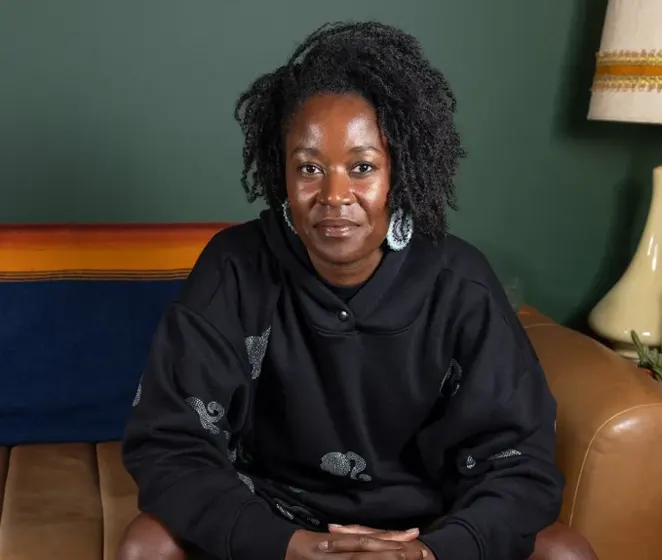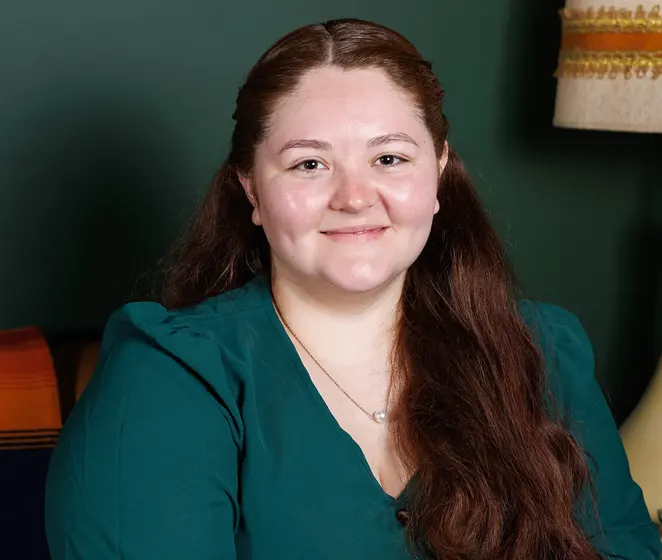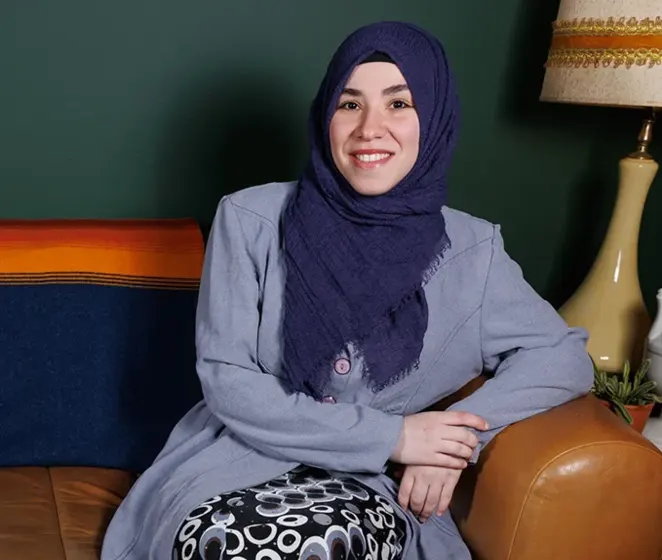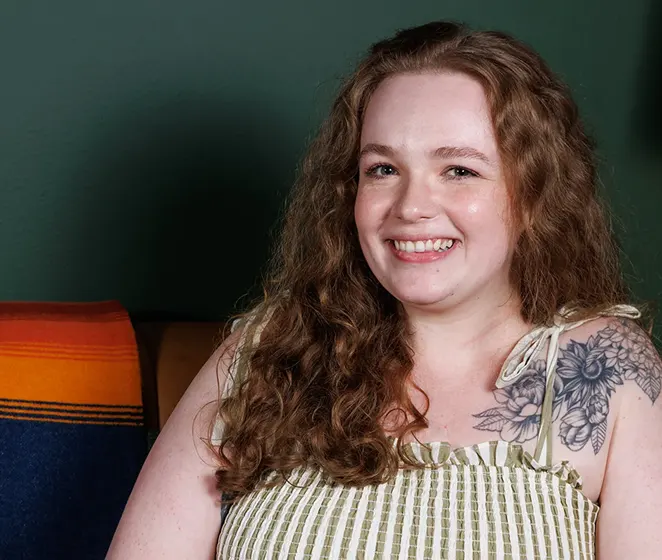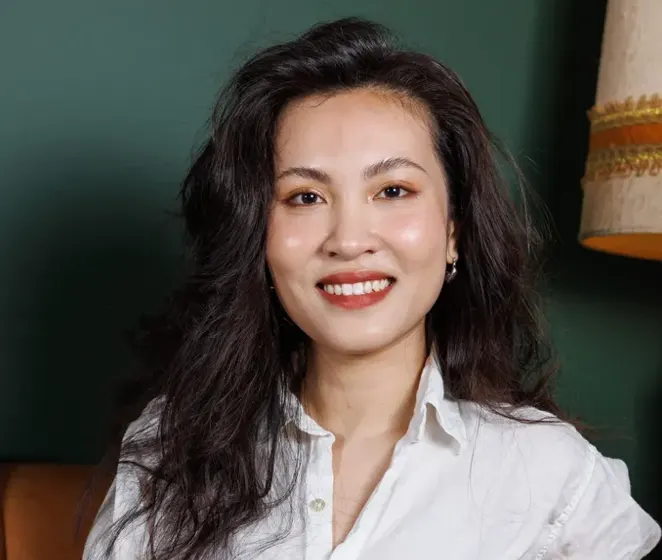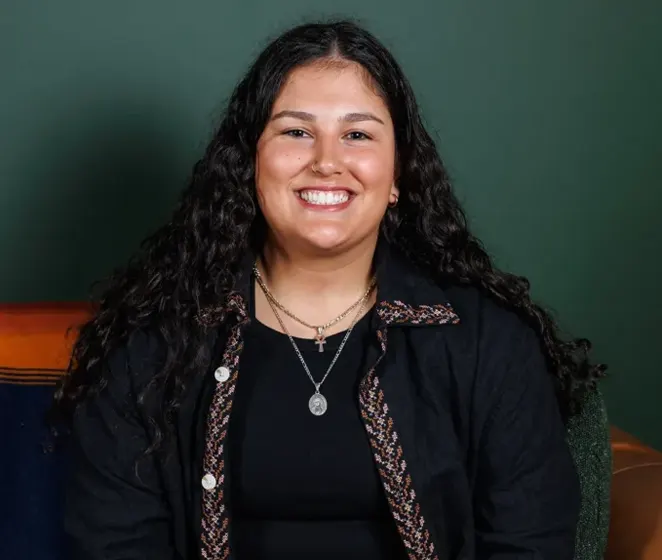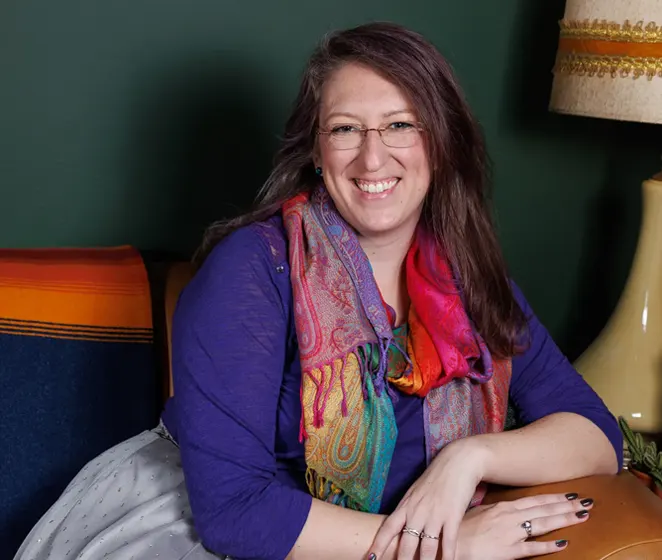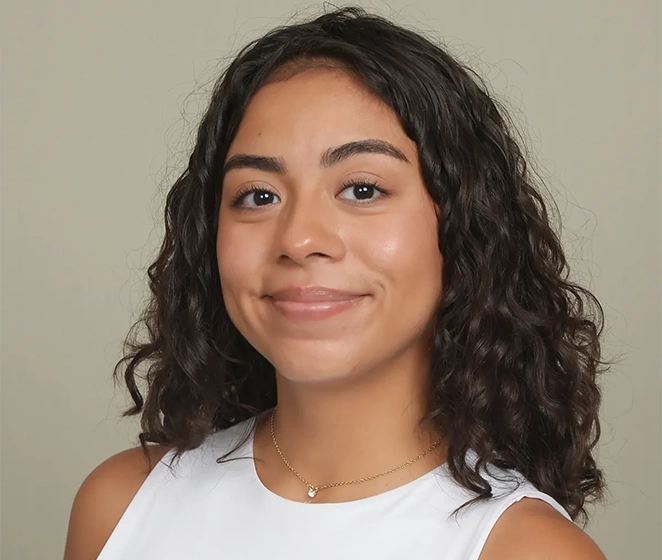By Intentional Spaces Psychotherapy
Many couples assume that frequent conflict means something is wrong with their relationship, that if love is “right,” it should feel easy, smooth, and free of friction. The truth is, conflict on its own isn’t a sign of failure. What becomes painful is when conflict gets stuck. When you notice you’re circling the same disagreement again and again, repeating familiar lines, feeling a sinking dread in your body before the conversation has even fully begun, it’s rarely because you don’t love each other enough or aren’t trying hard enough. More often, it’s because you’ve unknowingly become caught in an emotional loop neither of you quite knows how to step out of.
These recurring arguments are usually not about the surface content at all. On the outside, it may look like you’re fighting about chores, schedules, tone of voice, or who does more. But underneath, something far more tender is trying to speak, an emotional need to be understood, to be reassured you matter, to feel seen, protected, or soothed by the person you love. The frustration grows because both partners are, in their own way, reaching for connection, but instead of landing in one another’s arms, their efforts keep missing, bouncing off, or triggering defenses in the other. What looks like conflict is often a longing in disguise.
The Echo Beneath the Words
From the outside looking in, an argument might appear trivial, a raised voice about laundry, a sharp tone about timing, a disagreement about something small and ordinary. But inside the emotional world of the relationship, these moments land differently. What looks insignificant often touches something exquisitely tender between two people. One partner may speak with urgency or intensity, not because they want to attack, but because they feel a growing panic at the thought of losing emotional connection. The other may retreat into silence or appear indifferent, not out of a lack of care, but because disappearing feels safer than risking saying the wrong thing.
Underneath these reactive behaviors live softer, more vulnerable questions:
- Will you stay close to me when I am struggling or messy?
- Can I count on you, or am I ultimately on my own?
- Is it emotionally safe to be myself with you, or do I need to hide parts of who I am to be loved?
Conflict hurts not because anger itself is harmful, but because anger is often the outer shell protecting something fragile. Beneath the anger, there is longing, an ache to be seen, understood, valued, or chosen. Beneath that longing, there is fear, a fear that if we show our true need, it will not be met. Once that fear is activated, our nervous system shifts from seeking connection to seeking survival. In those moments, we stop orienting toward each other with curiosity and care. Instead, we brace, protect, protest, or pull away. The fight may look like it is about who is right or wrong, but what is happening is two tender hearts struggling to feel safe in each other’s presence.
The Invisible Cycle
Over time, couples tend to fall into a predictable choreography, a dance that begins so subtly you hardly notice it’s happening until suddenly you are both swept away in it. At first, it often starts with something ordinary: a comment, a request, a moment when one partner feels just slightly out of sync and reaches toward the other to close the distance.
- One partner reaches out for connection, perhaps with urgency, intensity, criticism, or emotional charge, not to attack, but to feel close again.
- The other instinctively copes by shutting down, explaining, minimizing, or pulling back, not to punish, but to feel safe.
- The more one reaches, the more the other withdraws in self-protection.
- The more one withdraws, the more desperate and heightened the reaching becomes.
What makes this cycle so powerful and so painful is that both partners are reacting, not only to each other, but to the cycle itself. Each person is trying to feel safe in the only way their nervous system has learned, yet those very strategies unintentionally activate the other person’s deepest fear. One person’s reaching feels like pressure or criticism. The other’s silence feels like abandonment or rejection.
Over time, this feedback loop deepens until even tiny cues, a particular tone, a breath, the way someone glances at their phone, or shuts a cabinet, can trigger the entire choreography. By then, it is no longer about the original topic, but about two nervous systems locked in a survival dance neither consciously chose, both longing for connection but unsure how to find it without getting hurt.
What It Feels Like When You’re Stuck Here
- Every disagreement carries a sense of déjà vu, as if you’ve had this exact fight countless times, even when the surface details are different
- The aftermath becomes harder than the conflict itself, not explosive, but quiet, marked by distance, tension, or silence that doesn’t naturally soften
- You start to recognize your positions: one of you always reaching, asking, fighting for connection; the other slowly drifting, shutting down, or building walls to keep things from feeling overwhelming
- Attempts to repair or apologize seem to skim the surface; you say the right words, but they don’t sink into the deeper hurt, and so another emotional layer gets quietly added to the pile
Over time, even everyday moments begin to feel charged. Interacting no longer feels easy. You might hold your breath, overthink your tone, or hesitate to bring something up for fear of starting “that fight” again. Or, you might blurt things out abruptly, desperate to release the tension building inside. Gradually, the relationship stops feeling like a place where you can exhale and starts feeling like one where you need to brace. You still love each other, sometimes fiercely, but it’s harder to relax in that love. Instead of reaching for your partner for comfort, you might find yourself tensing, guarding, or preparing, unsure of which version of them you might get.
When the Old Fight Keeps Winning
Recognizing the pattern doesn’t always help you change it. Many couples know exactly what they’re doing, and still feel powerless to stop it. That’s not a sign you’re incompatible; it’s often a sign that your emotional system has become so entrenched in protection that it no longer believes repair is possible. This is where outside support can help.
Therapy offers a slow, steady space to notice what happens inside you before reactive behavior takes over. Instead of picking apart who’s right or wrong, a therapist helps you name the cycle itself, so you can begin to work together against the pattern, rather than against each other. Over time, partners learn not just to avoid conflict, but to transform it into a doorway back to closeness rather than disconnection.
What Conflict Can Become
Imagine being able to fight sometimes, but without fear. To say what’s true without losing each other. To know in your bones that even when moments get messy, you will find your way back home to one another. This is what repair offers: not perfection, but trust.
Couples who learn to understand their emotional cycle and stay present through repair often become more connected because of working through conflict, not in spite of it. Arguments become less about winning and more about understanding. Tension becomes a signal to reach toward each other sooner. Over time, the relationship transforms into something both softer and stronger, spacious enough to hold two whole humans, even in moments of rupture.
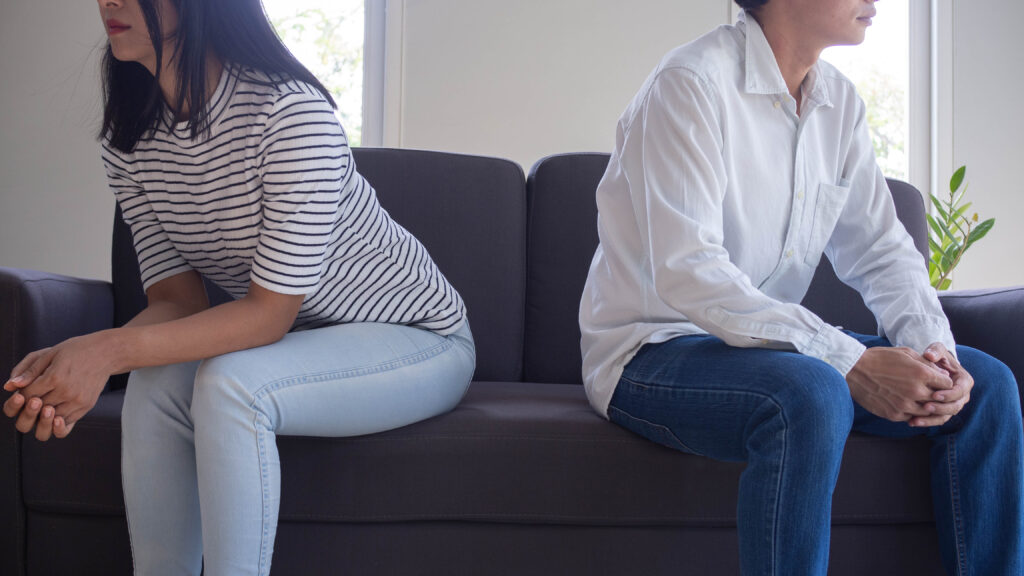
Ready to Stop Having the Same Argument?
If you’re tired of having the same painful fight, you don’t have to keep looping. Our couples therapists specialize in helping partners break stuck patterns, build emotional safety, and practice new ways of turning toward each other, even when it feels hard. Reach out today to begin creating a relationship where conflict becomes a pathway to deeper trust rather than a doorway to distance.
